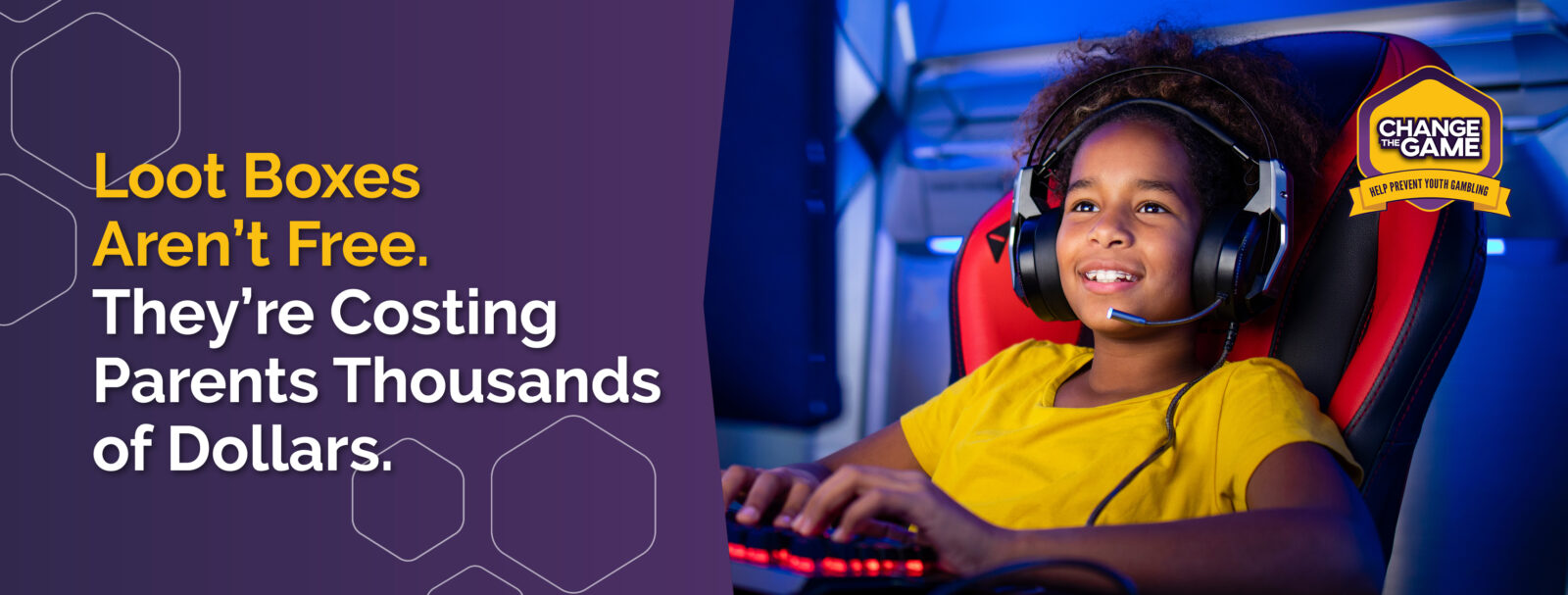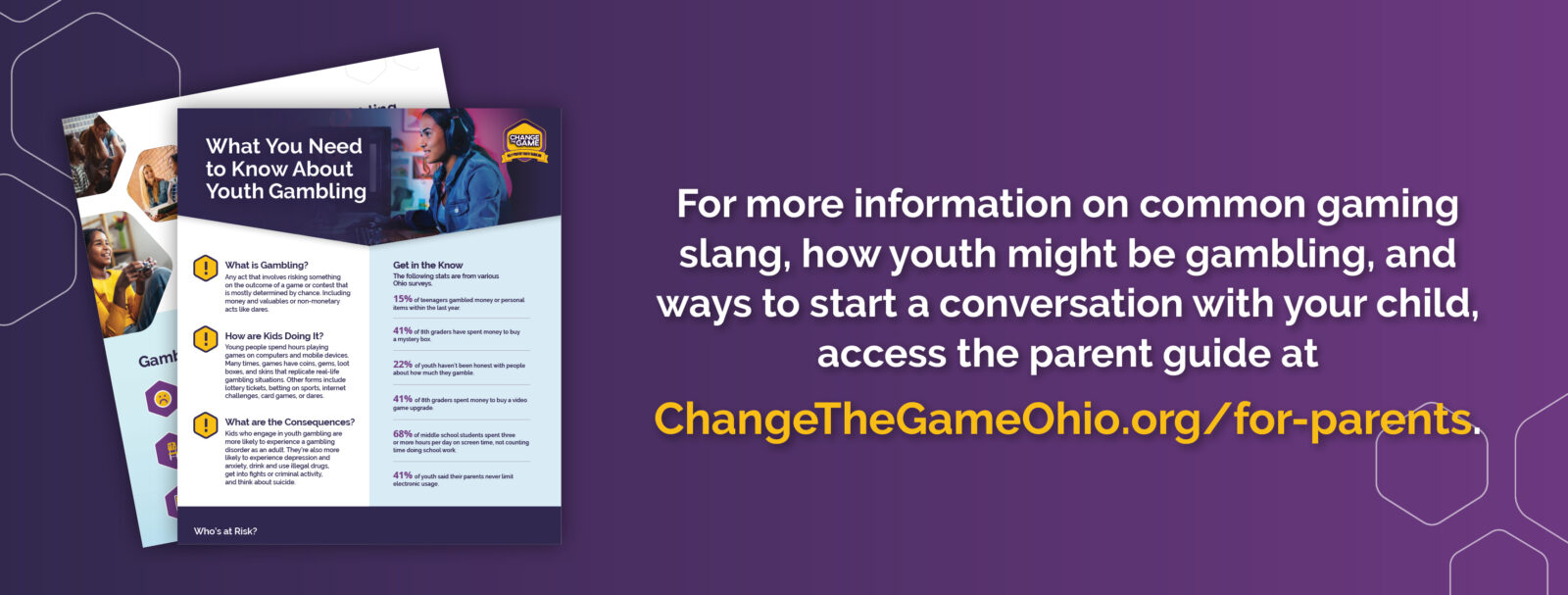Loot Boxes Aren’t Free. They’re Costing Parents Thousands of Dollars.

Published: November 4, 2024
Around the world, a common scenario continues: Parents realize their child has accrued significant debt on video games, some reaching upwards of tens of thousands of dollars. How could one game cost so much? The answer comes from a combination of misleading messaging and design, in-game mechanics, and payment frameworks.
Data suggests that 45.7 million U.S. youth engage in video games, representing over 80 percent of those ages 5 to 18. While it is a hobby or entertainment for many of those individuals, gaming can set young people up to unknowingly spend money and engage in behaviors that activate the same parts of the brain as gambling.

One in-game mechanic that can unknowingly drain a parent’s wallet are loot boxes. Loot boxes, also known as crates, mystery boxes, or mystery packs, provide a player the random chance of winning a prize, gaining an experience level, or receiving another achievement.
Loot boxes mimic the sounds and sensations of common slot machines, leading to youth spending an extreme amount of money on the unlikely chance of “winning.” It also provides an opportunity for youth to unknowingly gamble away real money tied to a parent’s credit card or digital wallet, under the disguise of “coins” or “points” in the game. Learn more about how you can help prevent youth gambling by watching this short video:
Parents and caregivers can do several things to safeguard youth from the risks of in-game mechanics that mimic gambling.
- Tip 1: Enable parental controls. Setting up guardrails around your child’s gaming, particularly in-game purchases, will help monitor a child’s spending and prevent any unauthorized purchases and unexpected charges on your credit cards.
- Tip 2: Research game content ratings. In Australia, it is now mandatory for games “containing elements of chance” to be classified as Mature and not recommended for children under 18, and games “containing simulated gambling” will receive an R 18+ rating. Use this database to search for games that are age-appropriate for your child.
- Tip 3: Monitor screen time. Use parental controls and privacy settings to ensure you know your child’s login information and can check on their accounts regularly. Engaging in frequent conversations about their gaming behavior is also a good idea.
If you are worried about the online gaming habits of one of your children, a student in your class, or someone you know, Change the Game Ohio can help. To learn more about the dangers of youth gambling and access discussion guides for parents, educators, and professionals, visit ChangeTheGameOhio.org.